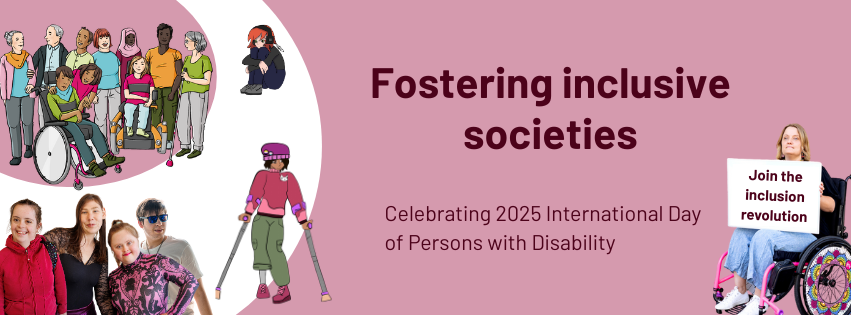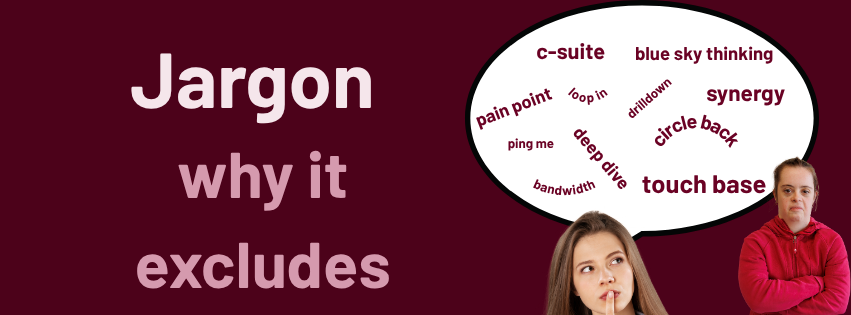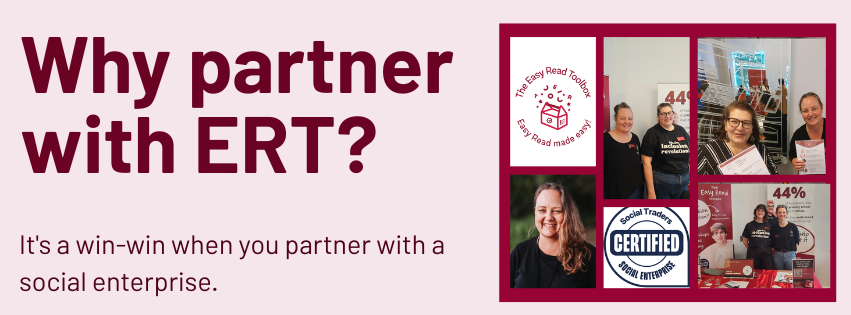The Cost of Living Crisis for People with Disabilities
“During 2018, white sliced bread cost approximately $1.50. As of May 2023, white sliced bread would now cost around $2.70.”
Australia is in the midst of a cost of living crisis. With rapidly rising prices of everyday essential items affecting every household in the country, Australians living with disabilities and other intersectionalities are disproportionately experiencing this struggle. It is a key social justice issue, which has been widely swept under the rug.
The Consumer Price Index is the most widely used measure of inflation. Inflation is when things become more expensive, so you get less value for the same amount of money. It is calculated and published by The Australian Bureau of Statistics (ABS) every 3 months. To calculate the CPI, the Australian Bureau of Statistics collects prices of thousands of household items from supermarkets and retailers. The ABS also has access to other data from government authorities, energy providers and real estate agents that assist in calculating the Consumer Price Index *1.
In the twelve months leading up to March 2022, the Consumer Price Index (CPI) increased by 5.1%. This was the highest annual increase reported since the introduction of GST in 2000 *2. In the twelve months leading up to March 2023, the CPI increased by 7.0% *3. This means from March 2021 until March 2023, the CPI has risen a staggering amount of over 12%. A simple example of how the increased CPI affects the general population is the price of homebrand white sliced bread. During 2018, white sliced bread cost approximately $1.50. As of May 2023, white sliced bread would now cost around $2.70 *4.
A data examination on the costs of disability in Australia, published by the Health Economics Review in March 2020, estimates that people living with disability must increase their adult equivalent disposable income by 50% to achieve the same standard of living as those without disability *5. Equivalised disposable income refers to the economic resources available to each member of a household after tax and other deductions.
There is an assumption that since the introduction of the National Disability Insurance Scheme (NDIS), that receipt of disability payments fully cover the costs of living with a disability. However, the NDIS only covers part of the known costs of living with a disability, and further, there are also hidden costs that are rarely funded under any system. The Easy Read Toolbox can testify that these hidden costs do, in fact, exist. Additionally, we recognise that even applying to the NDIS has substantial barriers and issues, (Easy Read isn’t the only answer for the NDIS), leaving many Australians in need without any financial support whatsoever.
The Australian Institute of Health and Welfare states that 28% of adults with disability experienced worsening of household finances in the year to February 2021, compared to the 18% of adults without disability. Furthermore, 13% of adults with disability drew upon their savings to support basic living expenses, while that figure was only at 3.9% for adults without disability. This represents a vast difference in the rate of severe financial stress between people with disability and those without *6.
The statistics from both the Health Economics Review and Australian Institute of Health and Welfare clearly show that, even at the beginning of the COVID-19 pandemic and the unprecedented CPI rise, people living with disability were far more susceptible to severe effects of a cost of living crisis. It would be entirely unsurprising that with the current rate of inflation, the statistics mentioned in this article would have already risen a substantial amount, and will likely continue to do so.
In the United Kingdom, research from the Resolution Foundation found that 41% of people with disabilities lacked the economic resources to merely keep their homes warm during freezing winter temperatures. There is a painfully obvious link between poverty and disability in the UK, with up to a third of adults in the lowest-income households experiencing disability. This devastating income gap is only partially explained by the low employment rate among people with disabilities, as even after accounting for employment status, over half of the income gap still remains. The circumstances that people with disabilities face in the UK is an unfortunate reflection of the path Australia is heading toward *7.
The cost of living crisis in Australia is dire for everyone, however it is obvious that people with disabilities are at a far greater disadvantage, and are significantly more exposed to the severity of the current cost of living crisis. Whether this is attributable to low employment rates, an increased need for resources, or a lack of appropriately calculated disability payments, this crisis needs to be resolved promptly. If Australia is struggling, people with disabilities cannot be left behind. The Easy Read Toolbox believes that true accessibility can not be limited to communicative and physical accessibility, but extend to include financial and systemic accessibility as well.
Author: Meg Sonsbeek for The Easy Read Toolbox
* Reference List:
- Reserve Bank of Australia (2019) Inflation and its Measurement, Reserve Bank of Australia
- McDonald, P. (2022) Australia’s cost of living, Parliament of Australia.
- ABS (2023) Consumer Price Index, Australia, Australian Bureau of Statistics.
- Remeikis, A. (2023) ‘Priced out: how Australians are being hit by the soaring cost of food’, The Guardian.
- Vu, B. et al. (2020) ‘The costs of disability in Australia: a hybrid panel-data examination’, Health Economics Review.
- People with disability in Australia, Income and housing (last updated Jul 2022) Australian Institute of Health and Welfare.
- Partington, R. (2023) Disabled people among hardest hit by cost of living crisis, finds study, the Guardian.
Image above from The Easy Read Toolbox member's only Image Bank, by Cassandra Hannagan.





